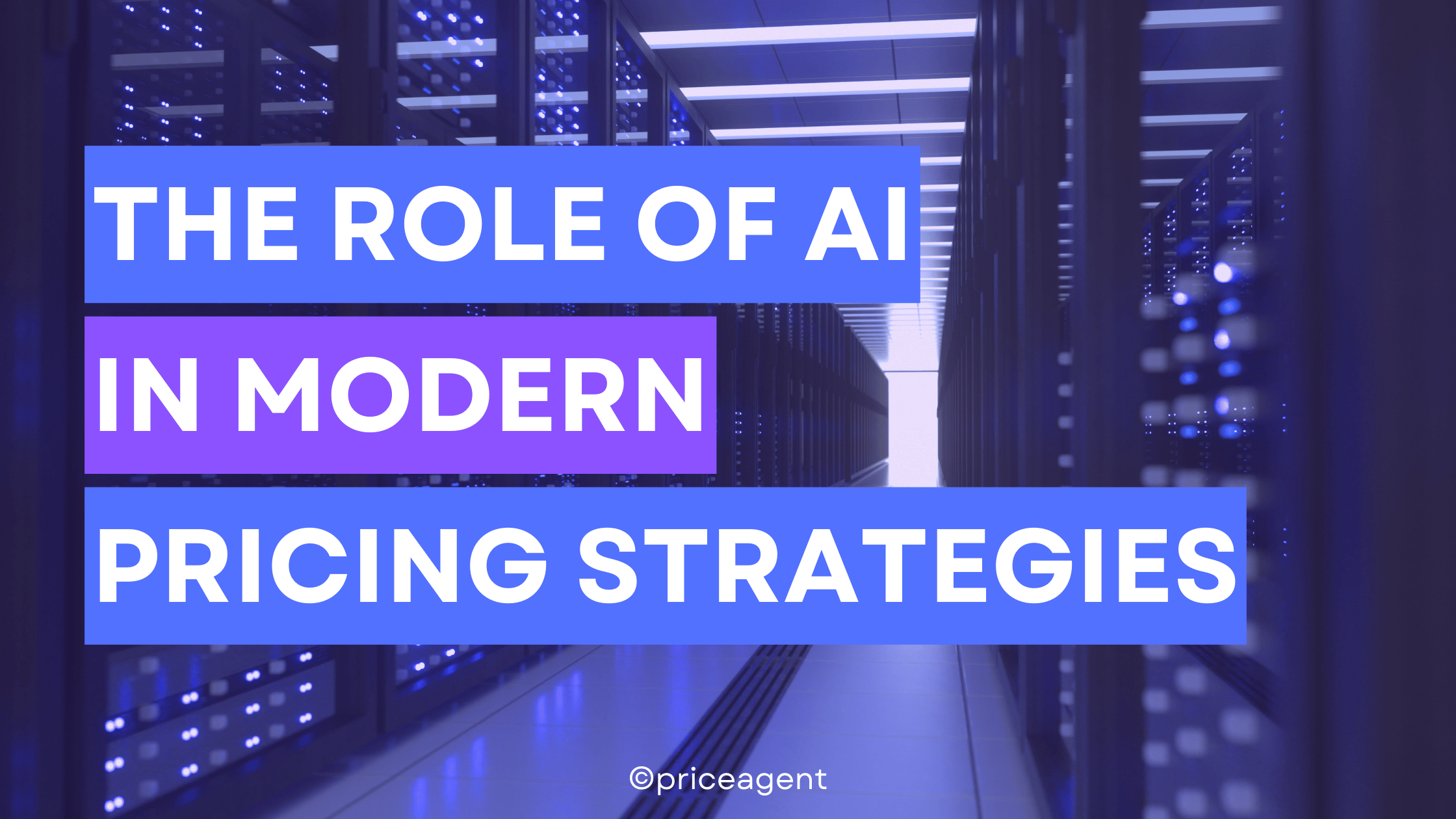What happens to pricing when consumer confidence falls
What happens to pricing when customer confidence starts to slip.

When consumer confidence falls, it changes how people think about value, not just how much they spend.
Price starts to matter more in decisions, often before there is any visible change in overall sales. Small shifts like longer decision cycles, more price comparisons, and more careful choices can quietly reshape demand. This matters for any company that wants to stay close to its customers, protect margins, and keep growth on track.
In this post, we look at what typically happens when consumer confidence falls, the early signs to watch for, and how tracking customer demand and their willingness to pay can help teams move before pressure builds.
Growing anxiety can quietly shift spending behavior

When consumers start feeling uncertain about their future, the first changes are often invisible in sales numbers. Instead, the shifts show up in how people think about their purchases.
Caution doesn’t always lead to an immediate drop in spending. Instead, it often appears in more subtle ways: customers take longer to decide, compare prices more carefully, and become slower to commit to larger or non-essential purchases.
These are early warning signs that price sensitivity might rise. Waiting for revenue to decline before reacting risks missing the window to adjust.
It’s a good moment to step back and think about where decisions are starting to take longer, where customers are spending more time comparing options, and where small concerns about price could start slowing momentum.
Price sensitivity tends to rise in step with fear
When people feel confident, they focus more on what they want. When they feel cautious, price becomes a bigger part of the decision. It’s not just about spending less. It’s about thinking harder about every dollar.
Some areas tend to feel the pressure first:
- Premium products: Customers may delay purchases or switch to lower-priced alternatives.
- “Nice-to-have” categories: Non-essential products often face faster pushback as caution rises.
- Essential products: Even core needs aren’t immune if customers start trading down to cheaper options.
Small shifts in how people react to prices can quietly build up across categories and markets.
Understanding the full shape of customer demand, not just finding a best price point, becomes even more important when confidence drops. It shows where customers are flexible and where even small increases could cause real resistance.
As confidence shifts, it becomes important to spot where pricing may already be nearing its limits, where there’s still flexibility, and where pressure could build faster than expected if uncertainty continues.
How tracking customer demand and their willingness to pay helps spot shifts
When confidence drops, knowing how customer demand moves becomes even more important. It’s not just about setting the right price today. It’s about seeing how the market might change tomorrow.
Mapping customer demand and their willingness to pay shows patterns that help teams read changes early:
- Plateaus: Areas where customers accept a range of prices without major changes in demand. These offer flexibility when adjusting prices.
- Price walls: Points where even small increases cause a sharp drop in demand. Crossing a price wall often leads to real customer resistance.
Checking these patterns once gives a useful snapshot. Tracking customer demand and their willingness to pay continuously reveals something even more valuable: early signs of change.
When plateaus shrink or price walls move closer, it’s often a sign that demand is becoming more sensitive. These shifts typically happen before sales numbers weaken, giving teams a forward-looking view of what’s coming.
Having a clear view of customer demand and their willingness to pay over time helps companies adapt early, protect margins, defend volume, and make smarter decisions about when and how to adjust pricing.
Conclusion: Confidence can shift quickly. Pricing shouldn’t stand still
When customer confidence falls, small changes in behavior often show up before bigger changes in results.
Teams that stay close to how customer demand and willingness to pay are shifting can spot pressure building before it shows up in the numbers. This makes it easier to adjust early, protect margins, defend volume, and stay ahead of the curve.
Pricing always matters. But in times when caution rises, it becomes one of the most important tools companies have to stay resilient and smart.




